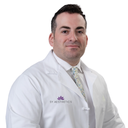Hi herniamomma Dr Roy, one of the most amazing surgeons I have ever met, I would like you to reach me again. If I have to answer your question, I have no doubt that it will make you happy. I would like to give you some information about this process.First of all, what is liposuction?





